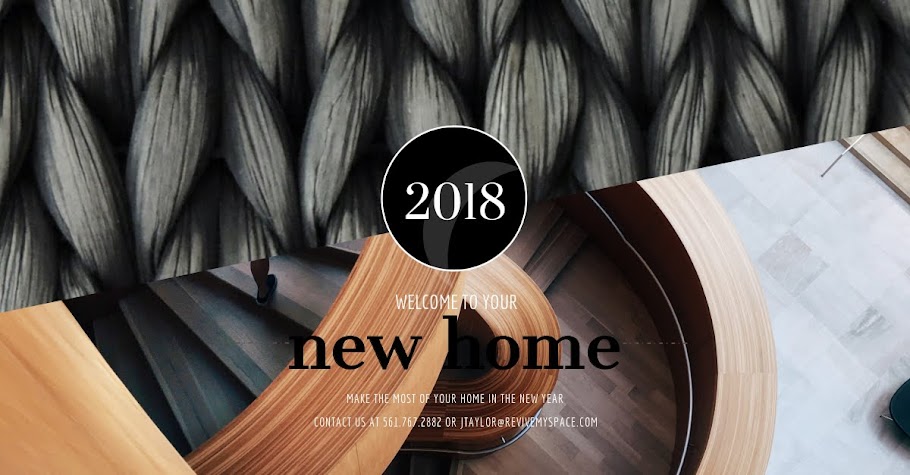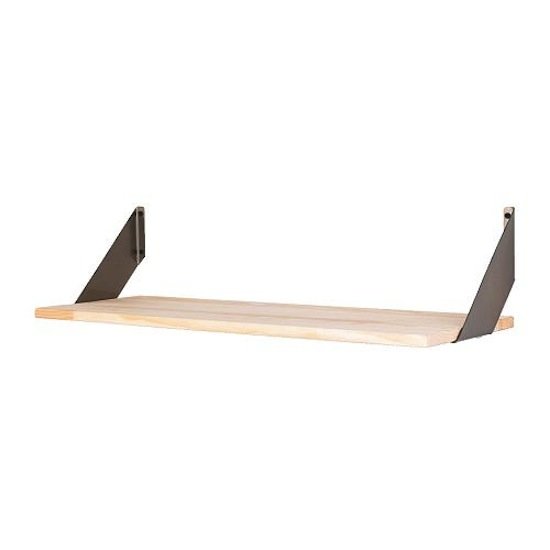I’ve been trying to grow some herbs for cooking purposes but I ended up with too many kinds for the pot I had. Recently I had also upgraded some things in the living room which left me with two white Lack-tables I did not need anymore. And that’s where the ball started rolling!
What you’ll need for this hack:
- Two Lack tables
- Wood/plastic/Lack-legs as dividers
- A plastic dish (to capture the excess liquid that drips through the sand)
- Two rails (I used kitchendrawer rails)
- Some plastic foil
- A few screws
- Glue
- Soil
- Gardening pellets
Tools you’ll need:
- Saw
- Marker/pen/…
- Some kind of measurement device
- Exacto knife
- Drill
So to start off with, assemble one of the two Lack tabels, leave the other one unassembled. Then you take the plastic dish and take over the dimensions on the underside of the assembled table.

Next you take the plastic dish, place it on the table and then take the rails to position them.

As you can see the lip of the plastic dish fits nicely underneath the rails so that you can slide it out to remove the water. Next I drilled some holes in the underside to make it possible for the water to soak through.

Now on to the top side of the table! I decided on using the legs of the second table as dividers. Some herbs tend to otherwise take up all the place, killing the other ones. To have the least work in cutting up the legs I opted to make the “compartment” in the tables the same length and width as the legs (40cm).

Take out your marker and measurement device and transfer the desired dimensions to the top of the table.

Now, take your exacto knife and carefully trace over all the lines a first time. After the first pass apply some more pressure untill the knifes goes through the table and then, still applying pressure, hack through the whole table. After all cuts are made, pry off the top layer, revealing the honeycomb structure in the table.

Take out your exacto knife again and trace along the borders to cut the cardboard material. Then remove all excess material by pulling it out of the table.

Now take the second table and repeat the above steps, but now on both sides of the board.

Now, using your fingers, push back the core material in the top table part a few cm’s to make some room to apply glue to stick the plastic liner to the table.

And there you have it, the base frame. The next step is to make a plastic liner for the inside so that when watering the wood doesn’t soak everything up. To do this I first flipped over the top table piece to get the “ugly part” on the top side. Then I put some plastic (in my case a trashcan bag) in the hole, making sure to leave enough material to cover all corners.

Then, using one of the legs as a clamp/guide I cut down the excess material.

Now apply some glue to the ridge we just made in the top section of the table and glue the plastic bag to the inside. Afterwards, apply glue to the bottom piece of table and on the border between the two table sections and put everything together.

Almost there! Make sure to clamp the two table tops together while the glue is hardening and also to press the plastic down onto the bottom so that it remains nice and flat. This would also be a good moment to punch through the holes in the plastic so that moisture can sip through.
Now, making the “inside frame”. I started of with one whole leg in the middle of the bottom table and two other legs cut in half.

Then, on to the top part of the inside frame. Because the legs are almost the same height as the table tops it’s not clean to just place two legs on top of each other as that way the inside frame would protrude from the table. Therefore I cut off one of the sides to reduce the height.

This way, the legs line up perfectly with the top side of the table.


Repeat this step with the other pieces to finish of the inside frame.

Now on to the gardening part! I chose to use pellets as the bottom layer for the plants. These are great for water disposal and make it way easier to remain the right moisture levels in the “pots”.

Now place garden soil in the “pots”. I used a special kind ideally suited for herbs. Now put your seeds/plants/… in the soil, top off with more soil until satisfied and there you have it:

Your Herbie Lack table! Place in the sun, water when needed and enjoy fresh herbs while cooking!


via IKEA Hackers http://feedproxy.google.com/~r/Ikeahacker/~3/Gub9mCEFrwo/herbie-lack-table-2.html From Theredone51

![]() . Use a FROSTA stool. Just cut of a slice using a saw, then paint the edges and make an eye.
. Use a FROSTA stool. Just cut of a slice using a saw, then paint the edges and make an eye.





























